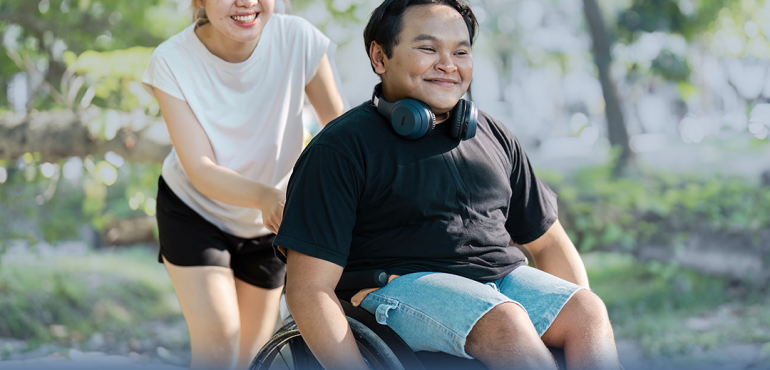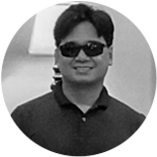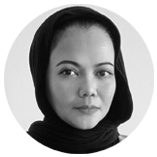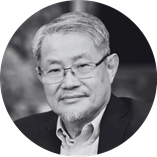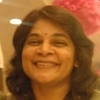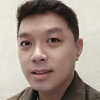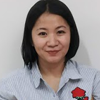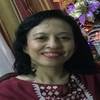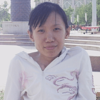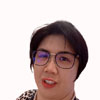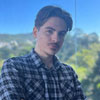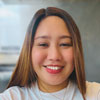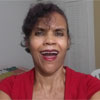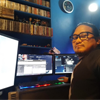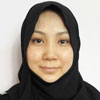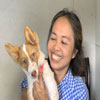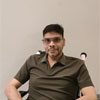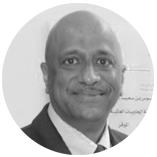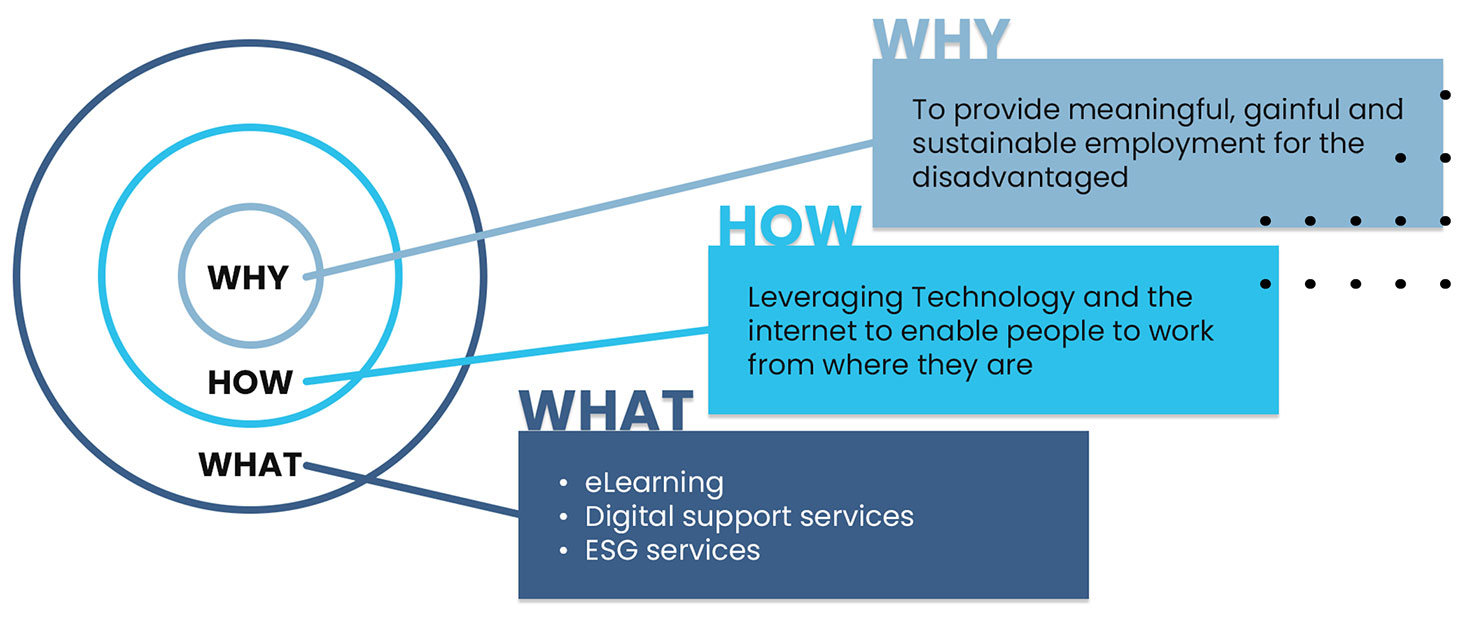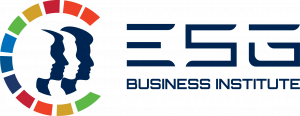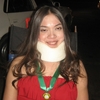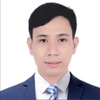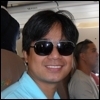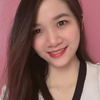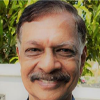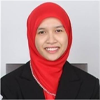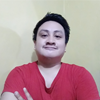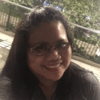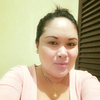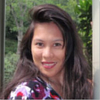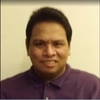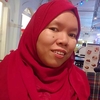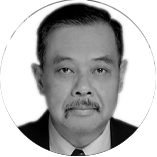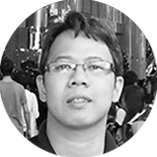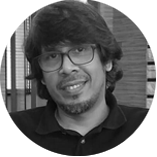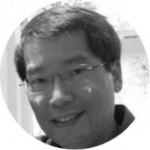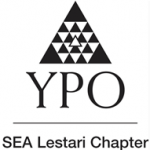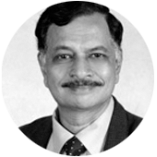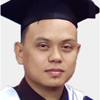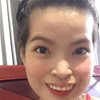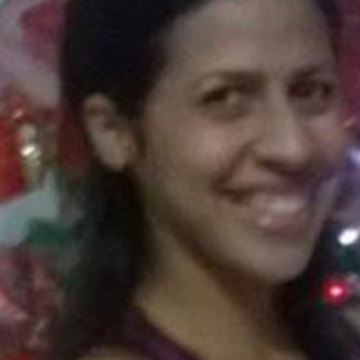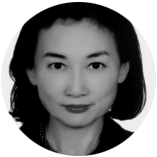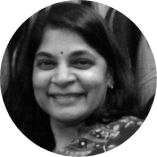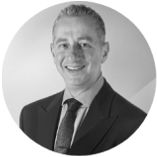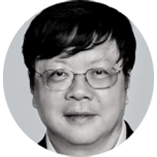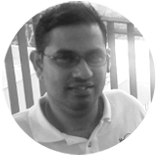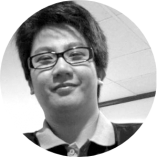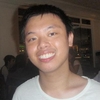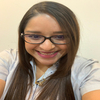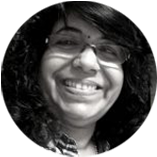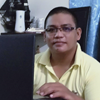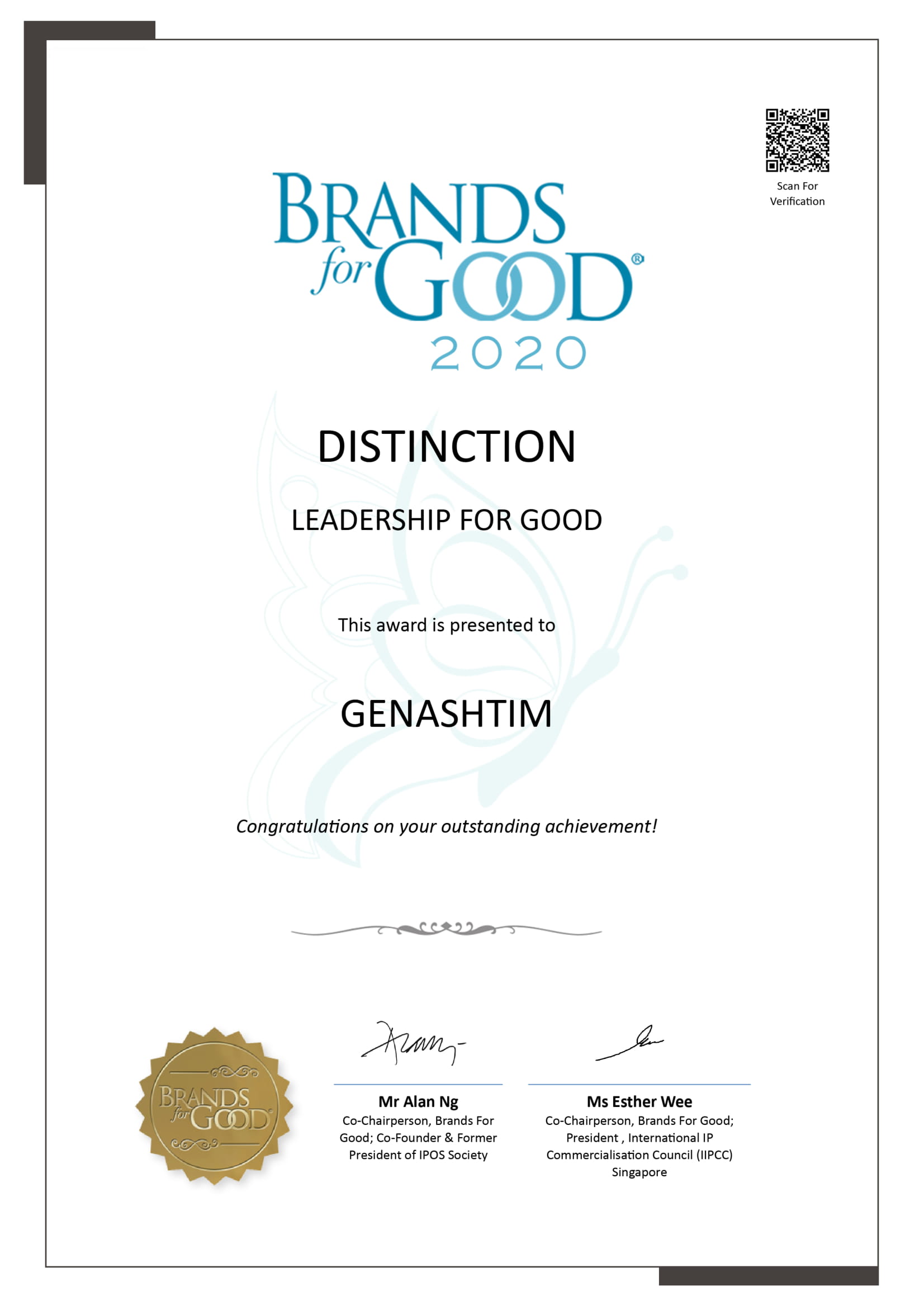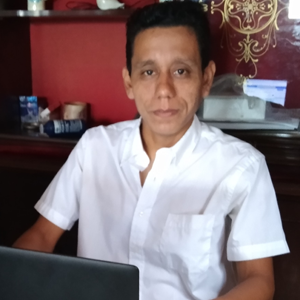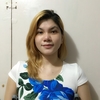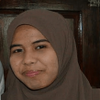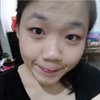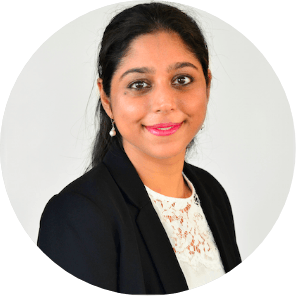Everyone Has a Place, If We Make It
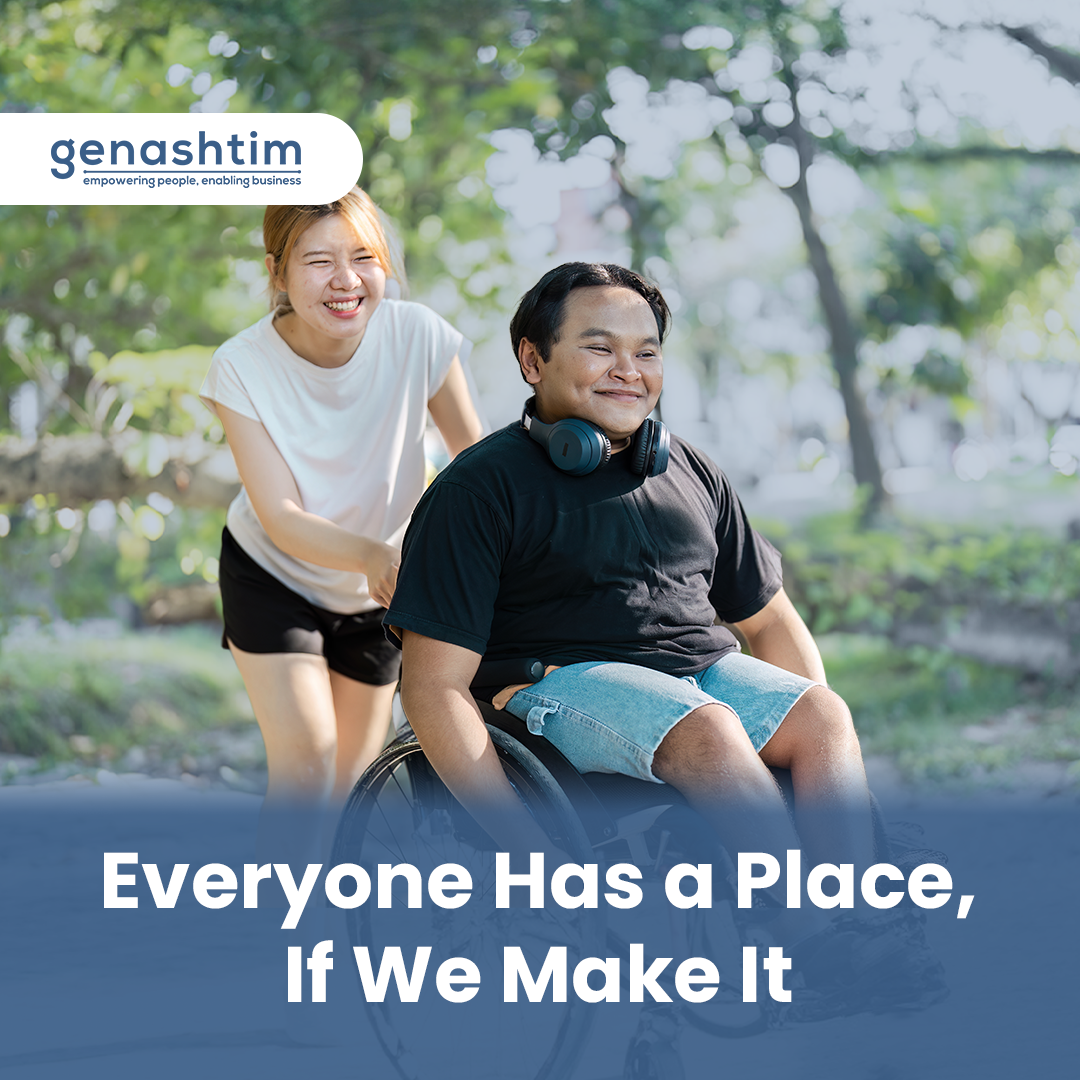
Written by: Faryal Batool
“If you’re disabled, how come you’re suddenly walking?”
The words caught my attention one afternoon while I was working, as my roommate watched videos in the next room. It sounded like an argument between someone and a wheelchair user. I didn’t catch the full clip, but the phrase stayed with me. It revealed something we rarely acknowledge – how quickly we judge what disability should look like.
Often, our narrow worldview drives us to extremes. People with visible disabilities are assumed to be helpless, while those whose disabilities aren’t apparent are dismissed as “not really disabled.” We want neat categories and simple explanations, shaped more by ignorance than reality.
I’ll admit, before joining Genashtim, I was no different. Like most able-bodied people, I didn’t give much thought to what disability truly encompasses. I understood it as a physical limitation, a wheelchair, a cane. I didn’t realize how broad, complex, and deeply personal disability can be. Working at Genashtim changed that. It opened my eyes to how disabilities can be both visible and invisible, and how people living with them constantly face doubt, misunderstanding, and judgment.
Inclusion begins when we challenge our assumptions, rethink our attitudes, and create inclusive spaces where everyone can participate fully.
Understanding Disability Beyond Definitions
Disability isn’t just a medical condition. It is a lived experience shaped by the world around us. A person may have a physical or mental impairment that affects major life activities, but it’s often the environment, not the condition itself, that limits participation. Barriers in infrastructure, social attitudes, and institutional systems can turn an impairment into a disabling experience.
According to the World Health Organization, about 1.3 billion people, roughly 16% of the global population, live with significant disabilities. This shows that disability is far from rare. However, each experience comes with its own visible and invisible challenges, highlighting the importance of understanding the full spectrum of disability.
Recognizing the Spectrum of Disability
Disability takes many forms, some visible, others hidden, and each comes with its own challenges and misconceptions. Physical, sensory, intellectual, and psychological differences all exist along a broad spectrum, yet society often treats disability as a single, uniform condition. This limited view overlooks the diversity of experiences and needs within the community.
This year’s International Day of Persons with Disabilities, celebrated on 3 December, carries the theme “Fostering disability inclusive societies for advancing social progress.” It’s a call to action, reminding us that inclusion isn’t just about awareness but about actively rethinking how systems, technologies, and attitudes can evolve to remove barriers. Innovation, when guided by empathy and accessibility, can give people with disabilities an equal footing in education, work, and daily life.
Many disabilities aren’t immediately visible. Chronic pain, mental health conditions, neurodivergence, or autoimmune disorders often go unseen but can profoundly affect daily living. Yet those living with them are frequently met with disbelief – told they “don’t look disabled” or “seem fine.” That doubt is its own form of exclusion.
Breaking these assumptions starts with recognizing that disability doesn’t have a single face or form. Every person’s experience is valid, whether it’s visible to others or not. As this year’s theme emphasizes, progress depends on transforming how we see, design for, and engage with disability in every part of society.
A World Where Everyone Belongs
Creating an inclusive world starts with rethinking what we assume about disability. Not all disabilities are visible, and the absence of evidence doesn’t mean absence of experience. Inclusion requires action, not just awareness.
Some essential steps to move beyond awareness toward true inclusion are:
- Learn about different types of disabilities, visible and invisible, and listen when people share their experiences.
- Create spaces and policies that everyone can access, from workplaces to public areas.
- Question your biases and notice when you make assumptions about what someone can or cannot do.
- Include people with disabilities in conversations and decisions that affect them.
- Make small changes in your daily life that reduce barriers and foster belonging.
Meaningful inclusion asks us to see beyond our assumptions and design a world where everyone has a place. It’s about creating opportunities, removing barriers, and showing through our choices that inclusion is not only possible but essential.
Inclusion in Practice
Genashtim is proof that inclusion works when we leave biases behind. The company was founded to empower marginalized groups, particularly people with disabilities, by creating remote work opportunities that remove physical and social barriers. Many team members have visible and invisible disabilities, yet all contribute meaningfully, demonstrating that ability is not defined by appearance.
Beyond providing work, Genashtim fosters an environment of understanding, flexibility, and support, showing that when society adjusts its structures and attitudes, people with disabilities can thrive just like anyone else.
As we approach World Disability Day, let’s turn awareness into action, challenge biases, advocate for accessibility, and create spaces where everyone can belong.
Change starts with us. Let’s turn inclusion from idea to reality.
